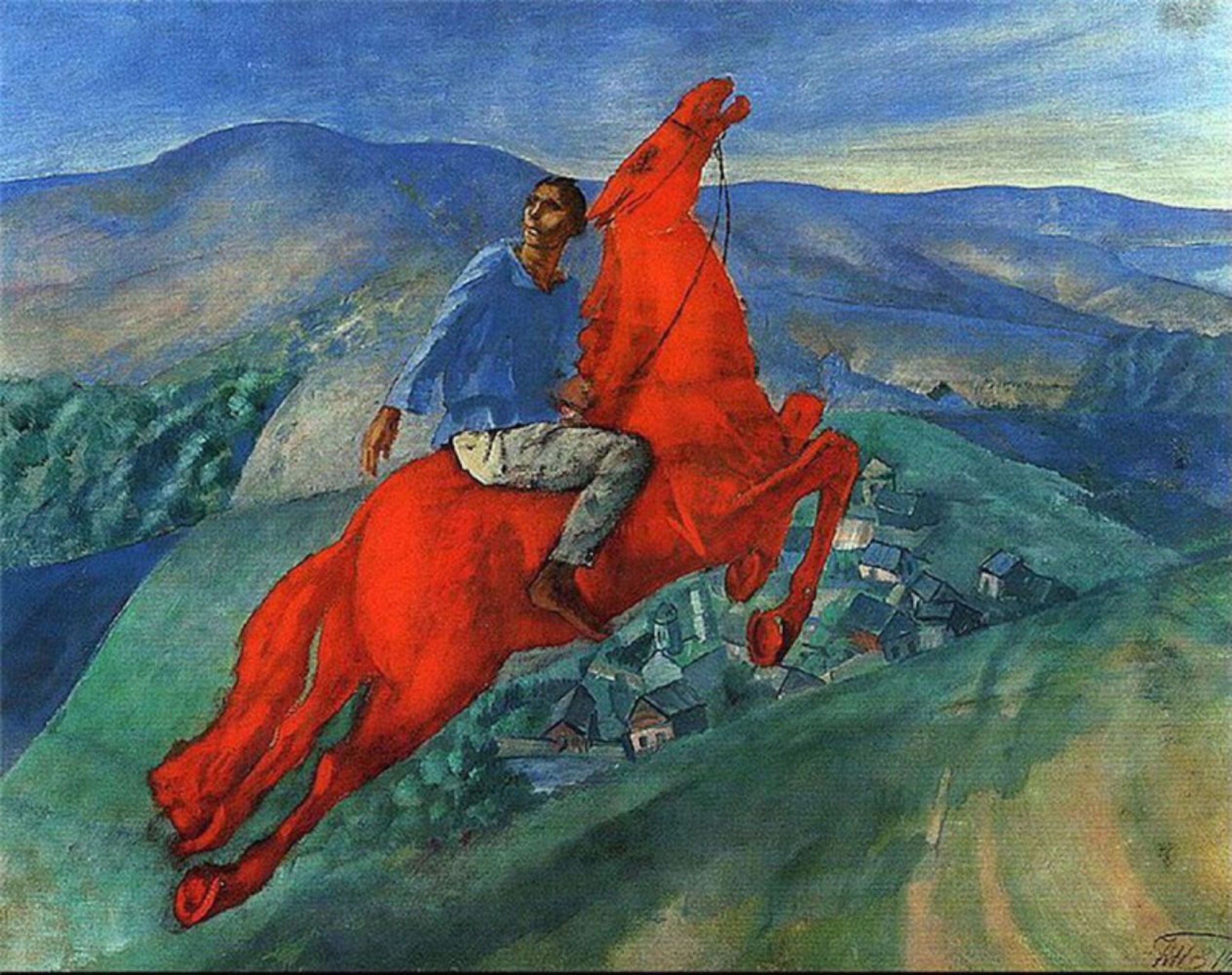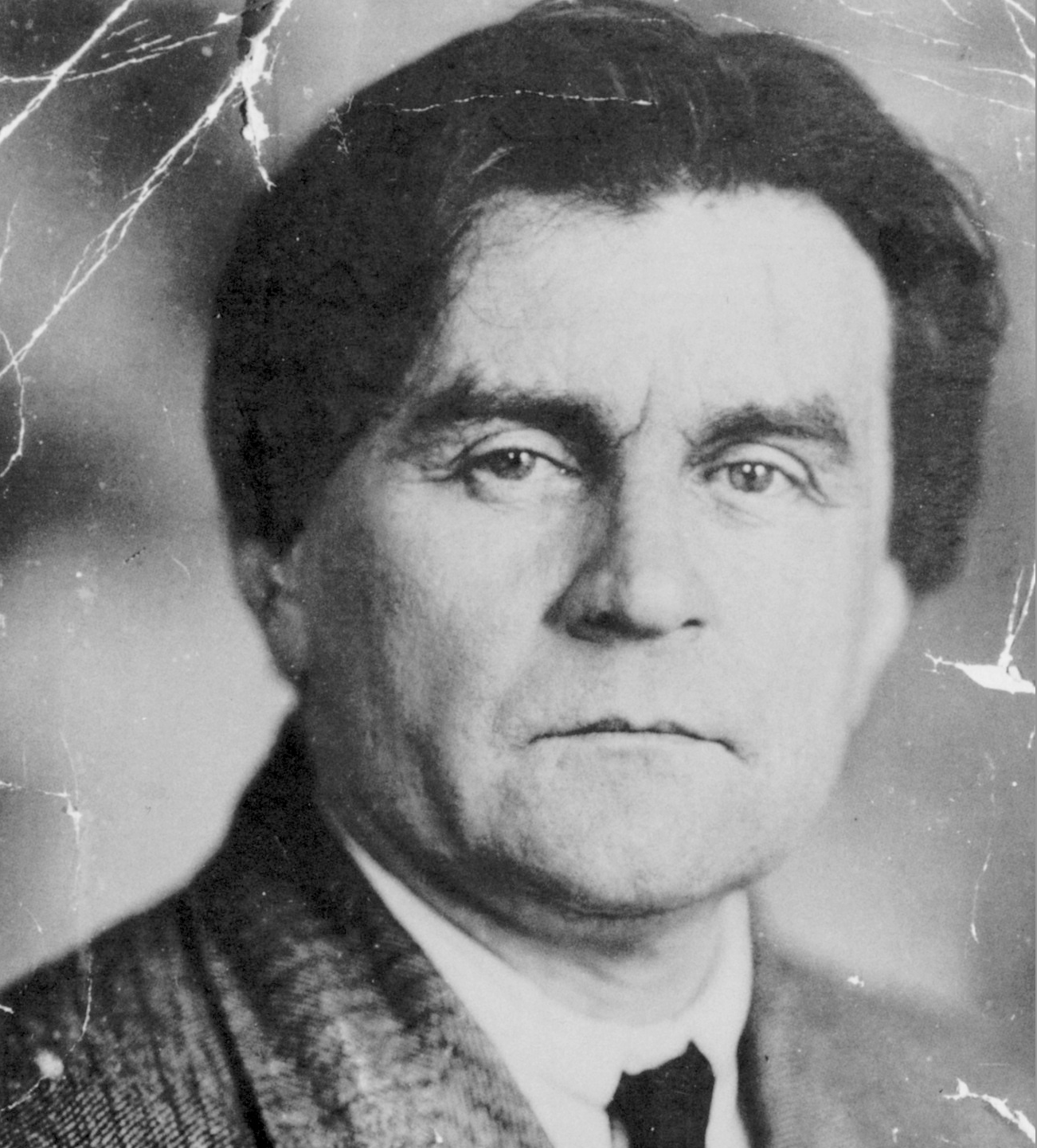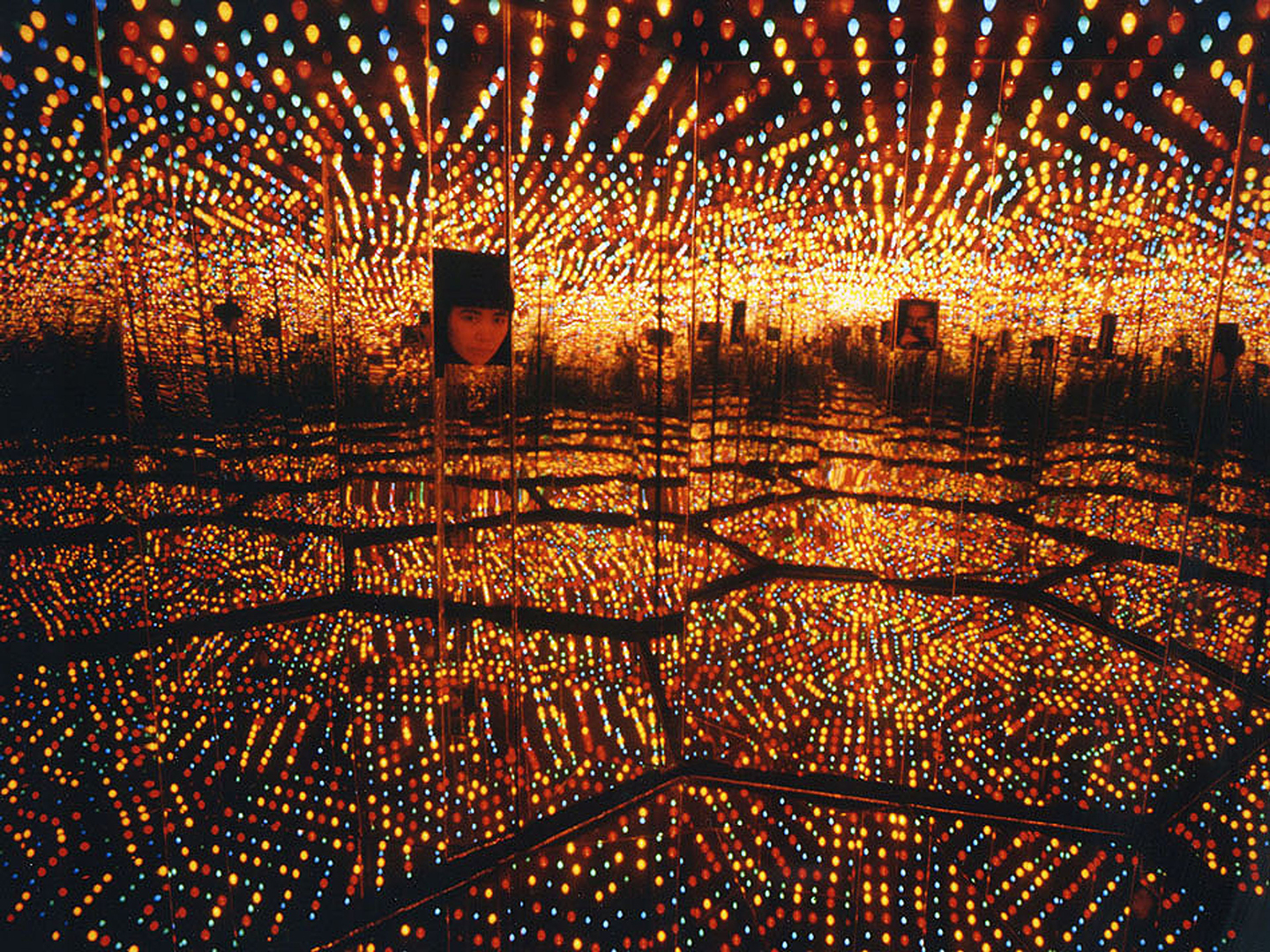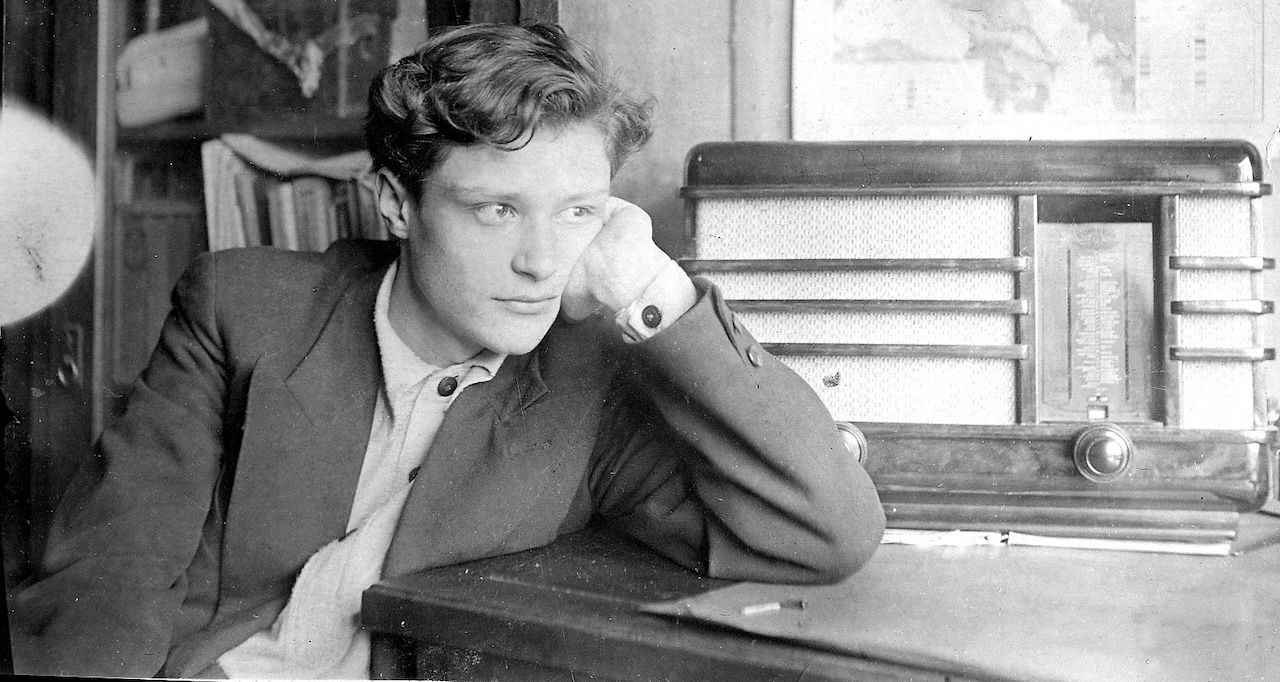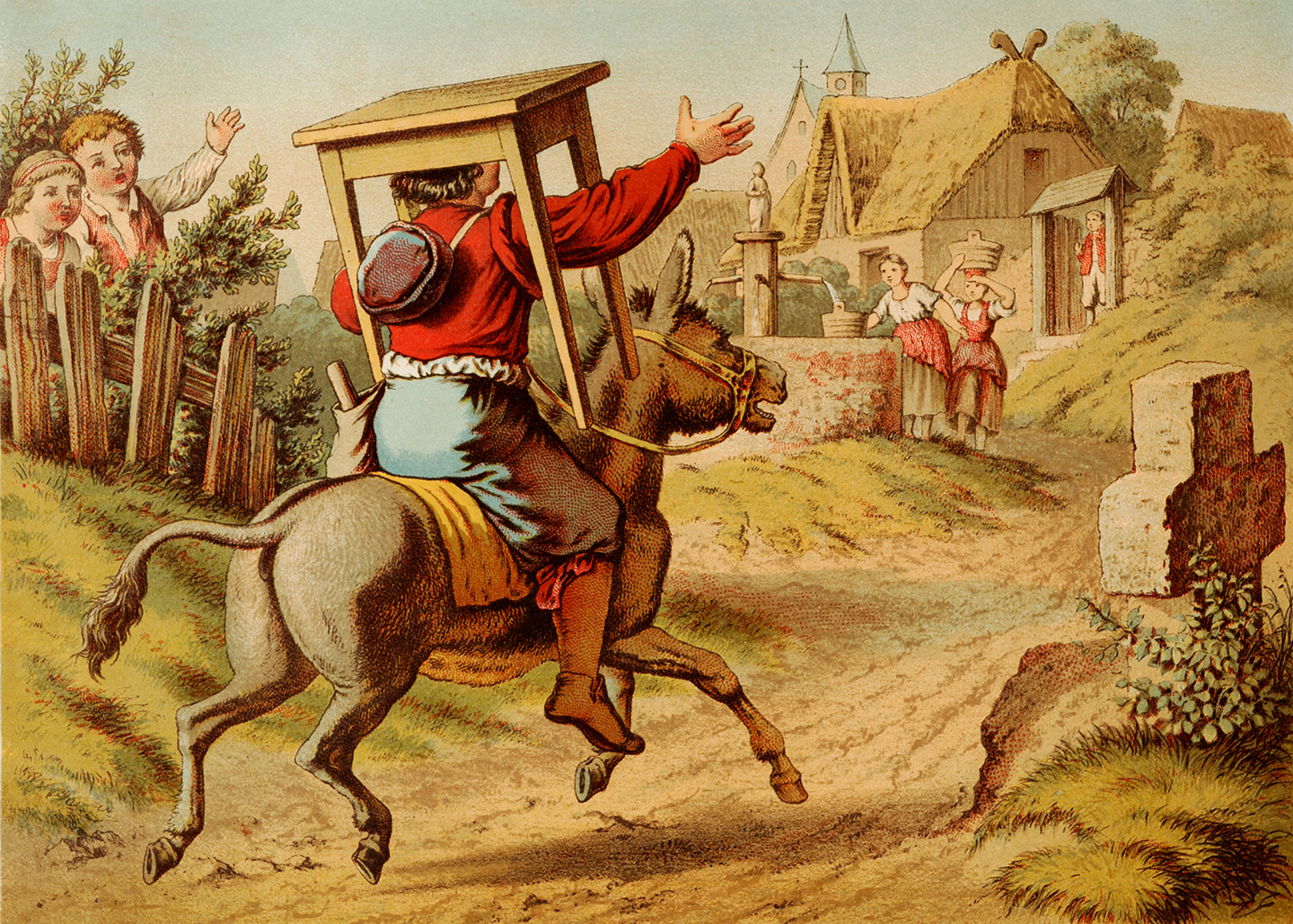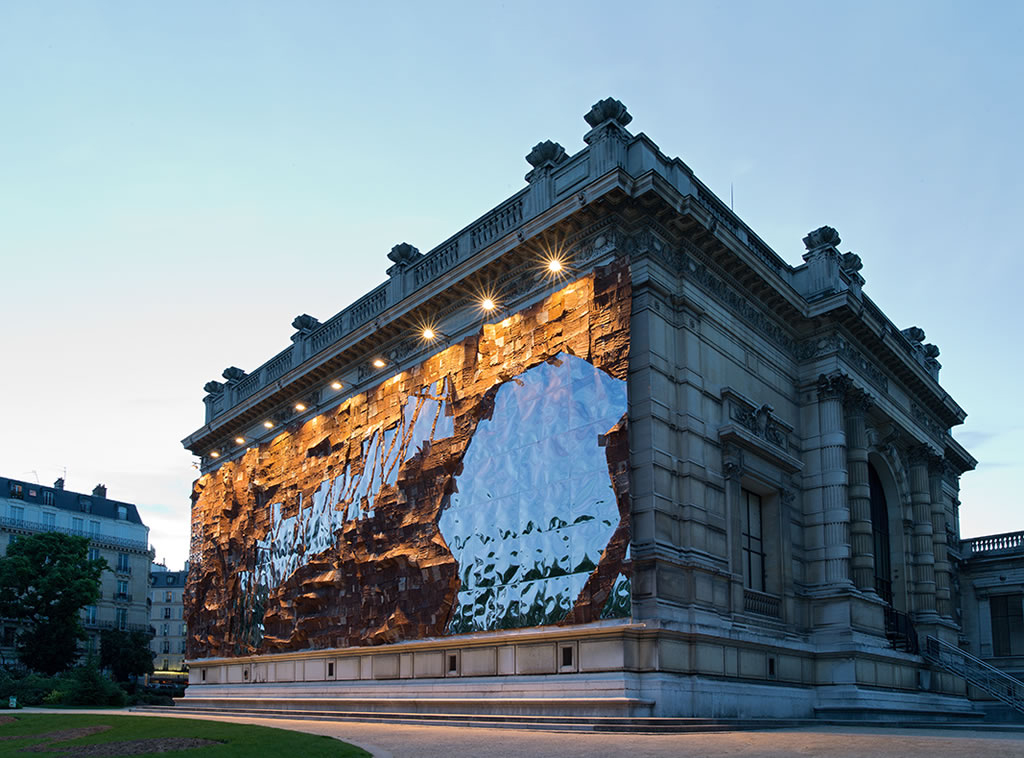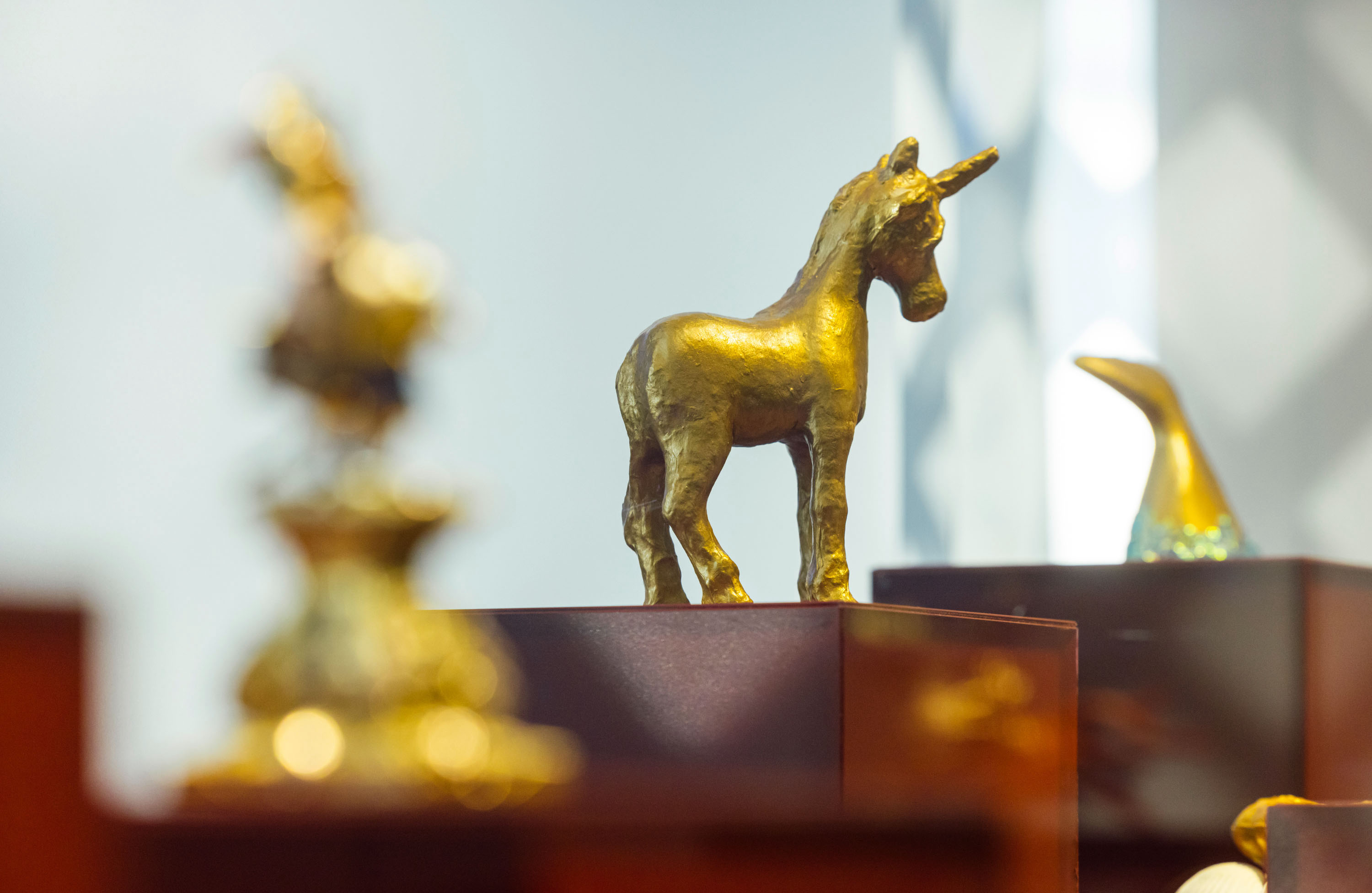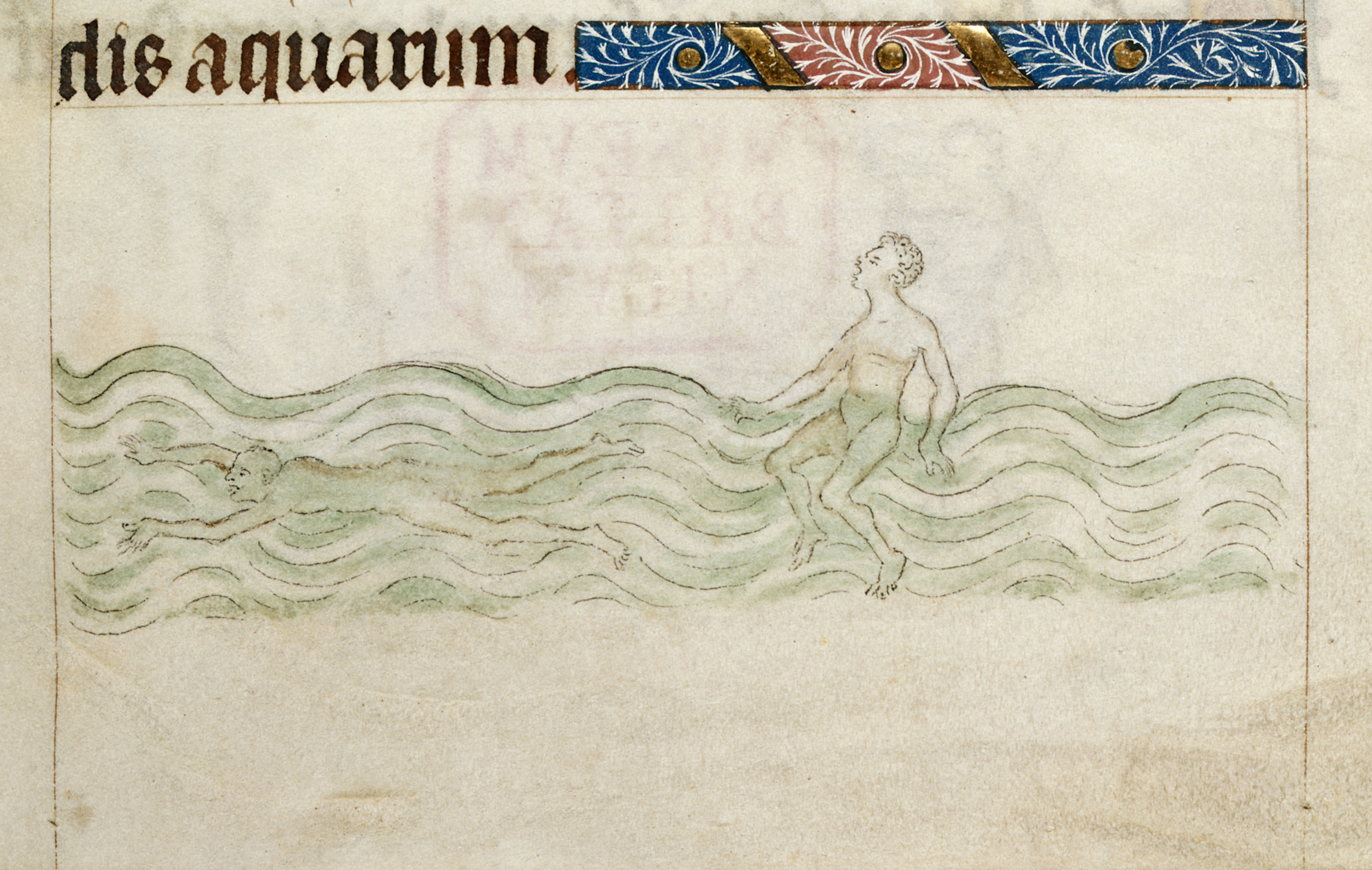This time last year, we asked our contributors for a few festive sentences not on the shows they’d most enjoyed over the past twelve months, but the ones they would most have liked to have seen but couldn’t, for reasons ranging from gallery closures to travel bans to citywide lockdowns to periods of self-isolation. To reflect on 2021, we’ve returned—with tentative optimism—to the more conventional format. Our writers from around the world pick the best shows they did manage to see over the past year, whether these were retrospectives in established institutions or group shows in nimble pop-up venues, immersive installations in back gardens or video works shown on LED screens in the middle of fields, curated in well-ventilated gallery spaces or broadcast via Zoom. The best exhibitions, Jonathan Griffin suggests, are “the ones that surprise you, change your mind.” We hope this can also describe our program of criticism, which will recommence on January 3. The Editors
Julieta Aranda
The pressures of motherhood during a pandemic meant that I was unable to take up the invitation to participate in “Maternar.” But I have been thinking ever since about the necessity of exhibitions that present and represent the complexity and autonomy of bodies that we have relegated to mere physical functions. Mothers, like service and care workers, factory and agriculture laborers, become invisible. (Isn’t it funny that the management of reproductive economies is called “husbandry”?) “Maternar” makes visible not only the bodies of subjects engaged in mothering, but also their subjectivities: engaged with the world in multiple ways, caught between production and reproduction. “Maternar (Mothering. Between Stockholm Syndrome and Acts of Production)” is at MUAC, Mexico City through June 12
Hallie Ayres
David L. Johnson’s first solo exhibition in New York was a tour-de-force in the subtlety that accompanies a truly revolutionary act. Spanning the length of Theta Gallery, a new basement venue in Tribeca, Johnson—a young, New York-based artist working across photography, video, and installation—showcased work that exemplifies the ways in which labor, and the desire to control a workforce, (ir)revocably scars our natural surroundings. David L. Johnson’s “Revocable Consents” was at Theta Gallery, New York from September 17 to November 5
Xenia Benivolski
Azza El Siddique and Teto Elsiddiqe’s exhibition at Towards carefully bridged the past, present, and future through a shared exploration of emotional and architectural space. Teto passed away in 2017, and this post-mortem collaboration with his sister was as much an exercise in how time collapses as a revealing interplay of their process, offering variations on contact and coping strategies. Azza El Siddique and Teto Elsiddique’s “fire is love, water is sorrow – a distant fire” was at Towards, Toronto from September 23 to October 23
Ewa Borysiewicz
“Self-portraits” presented a chronicle of Barbara Falender’s changing self-image. A selection of drawings—the earliest from adolescence, the most recent completed during the pandemic—was shown in the former studio of Alina Szapocznikow, establishing the kind of matrilineage that is much needed in art history. The walls were covered with sketches, producing the effect of many eyes watching viewers as they move around; I was reminded of the artist’s statement that “The only way to reclaim one’s creative force is to look oneself in the face.” Barbara Falender’s “Self-portraits” was at the Polana Institute, Warsaw from November 19 to 28
Kevin Brazil
Many exhibitions in London explored the legacy of the British Empire this year; Joy Gregory and Philip Miller’s quiet show did more for me than any institutional survey. A video and soundscape in a single room in a Georgian townhouse showing the cruelty of naturalist Hans Sloane, whose collection formed the basis of the British Museum and Natural History Museum in London, towards enslaved people and nature. What went wrong with so many people for so long to make it possible? Joy Gregory and Philip Miller’s “SEEDS OF EMPIRE: A Little or No Breeze” was at Danielle Arnaud Gallery, London from June 5 to September 22
Harry Burke
Held in settings around Berlin, KAUM provided a diasporic platform for alternative film and performance from Indonesia. Its program—which ranged from award-winning documentaries (Fanny Chotimah’s affecting You and I, 2020) to an inventive wayang kardus (cardboard shadow puppet) play performed by festival organizers Soydivison with fellow collective Taring Padi—demonstrated the political reach of collaborative art practices. The KAUM Indonesian Alternative Performance Film Festival took place in Berlin from August 8 to 21
Valentin Diaconov
Alina Desyatnichenko is a documentary photographer from Krasnodar, the richest city in the Russian South. She has been chronicling different conservative communities for years; the earliest series in this semi-retrospective dates to 2015. She shows that the strength of Russia’s traditionalist backbone is not conditioned only by the ruling classes, but has all kinds of grassroots variations, from shrines to (male) singers, popular with truck drivers, to private orthodox schools. Alina Desyatnichenko’s “Commentary to Community, or How to Win Friends” was at the Moscow Museum of Modern Art from June 17 to July 25
Ben Eastham
Observing a group of schoolchildren in Tate Modern’s Turbine Hall watching rapt as Anicka Yi’s robots swam tranquilly through the air above them was unexpectedly moving. If I were to take off my art critic’s hat, I would still place that afternoon among my highlights of a year short on uplifting communal experiences. If I were to put it back on, I might argue that Yi’s interspecies, multi-sensory, and startlingly beautiful work is a reminder that art can change what we think life is, and by extension how we live it. Anicka Yi’s “In Love with the World” is at the Tate Modern, London through February 6
Chris Fite-Wassilak
While there were shows that provided a jack-in of good ol’ sensory overload—Helen Frankenthaler’s washed-out prints at Dulwich Picture Gallery and Joëlle Tuerlinckx’s low-key sidesteps at Large Glass were peaks—I feel unable to claim highlights when it felt like a year of not so much FOMO but plain old MO: I wish I had seen Rebel Dykes at SS65, Carl Gent at Jupiter Woods, and on and on… Joëlle Tuerlinckx's "Plan B - série b" is at Large Glass, London through January 29
Cora Gilroy-Ware
My complex relationship to femininity and conviction that Kim Kardashian-West is the most significant political figure of our times found an unexpected outlet in “Dante: the Invention of Celebrity.” Tracing our fascination with reality TV back to Dante’s representation of himself and his contemporaries in the Divine Comedy (1320), the display told a polychronic history of western culture through responses to the poem ranging from an antisemitic 1890 cartoon strip to Harry Lachman’s 1935 film Dante’s Inferno. I left convinced that KKW is one of Dante’s (many) spiritual progenies. “Dante: the Invention of Celebrity” is at the Ashmolean Museum, Oxford through January 9
Jonathan Griffin
The best exhibitions are not really the “best” exhibitions, but the ones that surprise you, change your mind. Therefore, I find myself remembering here the thoughtfully arranged survey at Regen Projects of work made since the ’80s by Jack Pierson, an artist of broader formal and emotional range than I ever gave him credit for. It unexpectedly floored me. Jack Pierson’s “Less and more” was at Regen Projects, Los Angeles from September 11 to October 23
Tom Jeffreys
A back garden makes a good gallery, especially if the intended audience is not limited to humans. A favorite moment of 2021 was Scott Rogers’s “Dwell Time,” curated by Ivory Tars, which included a bug hotel made of a discarded chair from the 2015 Turner Prize and a multispecies habitat stack made from car parts and other stuff. A weatherproof landscape painting sparked a long, fond chat about Bob Ross. Scott Rogers’s “Dwell Time” was at 62 Glenapp Street, Glasgow from June (ongoing)
Shiv Kotecha
For “Deputies” at Maxwell Graham/Essex Street, Cameron Rowland placed five benches—identical to those that appear throughout New York City—on the walkways of Seward Park, unauthorized and unbolted to the ground, for anyone to sit on or remove. These sculptures bare the brute evidentiary logic with which the NYPD distinguishes subjects from objects, property from robbery—they bear history’s weight. Cameron Rowland’s “Deputies” was at Maxwell Graham/Essex Street, New York from May 1 to June 19
Emily McDermott
Rather than a sprawling selfie fest, “Yayoi Kusama: A Retrospective” at Gropius Bau presented a comprehensive overview of the artist’s 80-year practice—from drawings she made as a 10-year-old to macaroni-covered handbags painted gold to Fluxus performances in New York. There were infinity rooms, to be sure, but only two large enough to actually stand inside. The focus here was instead on the restaging of historically significant exhibitions and offering insight to often-overlooked aspects of her work. “Yayoi Kusama: A Retrospective” was at the Gropius Bau, Berlin from April 23 to August 15
Laura McLean-Ferris
Lorraine O’Grady’s meticulously plotted retrospective at the Brooklyn Museum offered an affirmative model for criticism that I returned to through the year. I loved Domenico Gnoli’s obsessive, corpulent paintings at Fondazione Prada, and Liz Magor’s soft sculptures of gentle animals sleeping on cluttered workbenches at Andrew Kreps: a question mark about artistic endeavors amid environmental collapse loomed, but was not answered. In this atmosphere of pause, the pleasures of making and the terrors of annihilation were kept in the air. Lorraine O’Grady’s “Both/And” was at the Brooklyn Museum, New York from March 5 to July 18; “Domenico Gnoli” is at Fondazione Prada, Milan through February 27; Liz Magor’s “I Have Wasted My Life” was at Andrew Kreps Gallery, New York from May 21 to June 25
Felipe Molitor
“Terra and Temperature” at Almeida & Dale brought together different generations, practices, and latitudes in Brazilian art. Distancing itself from the problems of representation or caricatural themes, this anthologizing exhibition of 90 works by 30 artists instead evoked the transmutation of matter into form: the founding power of language. All that energy and warm vibration was a boost in such a tough year. “Terra and Temperature” was at Almeida & Dale, Sao Paulo from June 12 to August 14
Erik Morse
Nicolas Jaar’s “Weavings” was conceived in 2020 as a Zoom-based improvisation between musical innovators. This year’s iteration had a more distinctly organic feeling, as musicians selected by Jaar (among them the electro-aquatic composer Tomoko Sauvage, vocalist Antonina Nowacka, and cellist Resina) assembled onstage at Kraków’s Łaźnia Nowa theater. While the in-person event did not enjoy the same dramatic novelty of absence/presence, its vivid sensorium reminded listeners of the indispensability of embodied performance. Nicolas Jaar’s “Weavings” was performed at Unsound 2021, Kraków on October 17
Novuyo Moyo
The movement between interior and exterior spaces of Mohamed Bourouissa’s show at Goldsmiths CCA felt like the natural extension of a practice that blurs the limits between private and public, and questions where documentation ends and surveillance begins, particularly for marginalized communities. These themes felt especially relevant at a time when our relationship with public spaces was under constant transformation. Mohamed Bourouissa’s “HARa!!!!!!hAaaRAAAAA!!!!!hHAaA!!!” was at Goldsmiths CCA from May 21 to August 1 and is now at Kunsthal Charlottenborg through February 20
Patrick Langley
John Gerrard’s Mirror Pavilion, Leaf Work (2020), which I chanced upon whilst roaming Derrigimlagh Bog in Connemara, Ireland, was an unexpected treat. This shimmering, cuboid mirage of reflective metal—part of Galway International Arts Festival—interrupted and refreshed my appreciation of the landscape. On a 8 x 8-meter LED screen, a Green Man-like figure in a shaggy green coat walked slow, ponderous circles: an ecological lament. John Gerrard’s Mirror Pavilion, Leaf Work was at Galway International Arts Festival from August 28 to September 18
Megan N. Liberty
April Bey’s hand-sewn and digitally-woven blankets, vinyl wall prints, and video installations blend Afrofuturism’s interest in a utopic techno-future with craft’s roots in folk art and narrative. With so much contemporary art today gesturing at the digital world without critically engaging with it as a means of storytelling, Bey’s merging of digital and craft offers a refreshing reprieve. April Bey’s “Atlantica, The Gilda Region” is at California African American Museum, Los Angeles through January 17
Rosanna Mclaughlin
I’d never seen Carol Rhodes’s paintings IRL before, and the works in this posthumous solo exhibition really haunted me, and made me wonder why she isn’t better known. Rhodes often painted industrial landscapes. Dusty pinks, sickly greens—her use of color was melancholy and wonderful. In the end it was the quietness that got to me. What is this empty world, where are its people, what has been done to it? Carol Rhodes’s “See the World” was at the Kelvingrove Art Gallery and Museum, Glasgow from June 11 to July 4
John Douglas Millar
Camden Art Centre’s exhibition of three young London artists was compelling. While Adam Farrah got the press, it was Phoebe Collings-James’s elegant, affective, and mysterious ceramics that I found persistent. My show of the year, however, was Paul B. Franklin’s Duchamp exhibition at Thaddaeus Ropac. Playful, problematic, erotic, and intellectual, like its subject. “Please Touch: Marcel Duchamp and the Fetish” is at Thaddaeus Ropac, Paris through 29 January
Sean O’Toole
Constraint (lockdowns, curfews, flight bans) is not all bad. Looking more slowly and locally, I was able to revisit painter Georgina Gratrix’s “The Reunion,” a concise and brilliant survey of her portraiture at Norval Foundation, multiple times. Gratrix’s paintbrush is both a magic wand and riding crop. Similarly interested in the tension between figure and ground, action and icon, are Jeanne Gaigher, Amber Moir, and Alexandra Karakashian, each staging compelling exhibitions. Georgina Gratrix’s “The Reunion” was at the Norval Foundation, Cape Town from February 13 to October 18
Jared Quinton
The elegant, playful exhibition “Spatial Relations” featured sculptures by three artists with ties to Maine: Elizabeth Atterbury, Gordon Hall, and Anna Hepler. The abstract works were all made from humble materials and engaged the gallery architecture with a delicate choreography of leaning, hanging, and resting forms. It was refreshing to experience such a compelling ode to the potential of small, (post)minimal objects to facilitate bodily awareness and quiet contemplation. “Spatial Relations” is at the Center for Maine Contemporary Art, Rockland through January 9
Rachael Rakes
“Documenta. Politics and Art” at Berlin’s Deutsches Historisches Museum left me feeling so retroactively thirsty for the missing precision, clarity, focus, and shade in just about every other attempt at a polemical art-historical exhibition I’ve seen in recent years. This is not even to address the epic pairing of this show with “Divinely Gifted: National Socialism’s Favored Artists in the Federal Republic” at the same institution. The two together enact what Jörg Heiser in these pages termed a “double repression” of postwar West German politics, that managed to continue covertly supporting Nazi art and party members and excluding GDR artists, while looking progressive, open-minded, and modern to the US and nascently globalizing art world. “Documenta. Politics and Art” is at the Deutsches Historisches Museum, Berlin through January 9
Patrick Reed
At Nicodim LA, Jorge Peris’s “Desembarco en el País de Nunca Jamás” (Landing in Neverland) delivered peculiarities expected of an exhibition titled after Peter Pan’s island, sans sentimentality. Peris’s sculptural distortions of furniture and musical instruments, all of which seemed ready to spin out of control, captured the existential heartbreak encountered not in the nursery but at an estate sale. And what is that event but an epilogue to being all grown up? Jorge Peris’s “Desembarco en el País de Nunca Jamás” was at Nicodim, Los Angeles from July 17 to August 21
Cal Revely-Calder
Hidden away in our masked-up world, Sam McKinniss offered us Dolly Parton’s angelic smile. His oil portraits of American icons—all fictions, even the living—unpick the fame of subjects whom they nonetheless adore. I fell, this paranoid spring, for their brightly irrelevant charms. The dreamiest? His Thelma and Louise, soaring from the canyon forever, the sky as blue as paradise. Sam McKinniss’s “Country Western” was at Almine Rech, London from April 15 to May 22
Aoife Rosenmeyer
In Zürich we’ve spent a lot of energy this year debating what a contemporary museum should do, and rightly so. Meanwhile in Basel, institutions got on with making shows that mattered. Two that stood out were Kara Walker’s dizzying drawings show at Kunstmuseum Basel, and the less fêted Anna Maria Maiolino’s joyful and piercing presentation at Kunsthaus Baselland. Kara Walker’s “A Black Hole is Everything a Star Longs to Be” was at Kunstmuseum Basel from June 5 to September 26; Anna Maria Maiolino’s “In the sky I am one and many and as a human I am everything and nothing" was at Kunsthaus Baselland from June 11 to September 26
Vivian Sky Rehberg
Jasmine Thomas-Girvan’s intricate and ornate sculptures and installations are crafted with jeweler’s hands, abundant natural materials, and an exquisite aesthetic sensibility. In this collaboration between Sourgrass curatorial agency (Holly Bynoe and Annalee Davis) and Kunstinstituut Melly, she exhumes and celebrates indigenous Caribbean heritage, summons collective introspection and an unequivocal recognition of the world-scale damage and intimate impacts of colonial corruption. Jasmine Thomas-Girvan’s “Bathed in Sacred Fire” is at Kunstinstituut Melly, Rotterdam through March 20
Noah Simblist
Duane Linklater’s “mymothersside” at the Frye in Seattle ranged from poetic materiality—circular Cree dwellings stained with black tea, sumac, and dandelion—to punk irreverence, constructing a complex image of contemporary indigenous life in the Americas. Also, as I have written in these pages, “The Dirty South: Contemporary Art, Material Culture, and the Sonic Impulse” at the VMFA in Richmond was epic. Duane Linklater’s “mymothersside” is at Frye Art Museum through January 16; “The Dirty South: Contemporary Art, Material Culture, and the Sonic Impulse” was at the Virginia Museum of Fine Arts from May 22 to September 9
Francesco Tenaglia
Louise Lawler’s “LIGHTS OFF, AFTER HOURS, IN THE DARK” at Sprüth Magers and Greta Meert (I missed the Metro Pictures iteration): whispers of theatricality, appropriation, photography, canonical reading of artworks, and more. Also, “Late Gothic: The Birth of Modernity” at the Gemäldegalerie, fortuitously enriched by my simultaneous reading of Ecce Homo: The Male-Body-in-Pain as Redemptive Figure by Kent Brintnall (2011). Louise Lawler’s “LIGHTS OFF, AFTER HOURS, IN THE DARK” was at Sprüth Magers, Berlin from September 17 to October 30; “Late Gothic: The Birth of Modernity” was at Gemäldegalerie, Berlin from May 21 to October 3
Anton Vidokle
“Cosmism in Russian Art,” curated by Eugenia Petrova, is the first historical survey of the impact of the philosophy developed by Nikolai Federov in the 1860s. Influential before and after the October Revolution, cosmism was banned under Stalin, only to resurface in the USSR in early 1970s. Exploring its key fascinations—immortalism, resurrection, anti-gravity, cosmic exploration—through works from the museum’s collection (including by Kazimir Malevich, Natalia Goncharova, and too many luminaries to list here), this visually stunning exhibition was also extremely moving, given that it comes a hundred years after the peak of artistic activity and the death of most of its protagonists. While we await technological immortality, cultural memory is a good start. “Cosmism in Russian Art” is at the Russian State Museum, St. Petersburg through March 10
Francesca Wade
In Philadelphia to see the mirroring half of the Whitney’s Jasper Johns retrospective, I was mesmerized by Emma Amos’s subversive, flamboyantly colorful paintings and collages, each work skewering power dynamics or suggesting an intriguing narrative. Back in New York, Performa offered an exciting array of site-specific works around the city: Sara Cwynar’s performance in a former branch of Topshop was a particular highlight, bringing to surreal life much of the digital imagery from her excellent video work Glass Life (2021), shown recently at Foxy Production. Performa took place in New York from October 14 to 30; Emma Amos’s “Color Odyssey” is at the Philadelphia Museum of Art through January 17
Xin Wang
Rachika Nayar’s concert at the Shed in June was the first live performance I experienced since the lockdowns. The fog-suffused industrial behemoth of a venue set the stage for ambient transformations and sensations in light, neon, synthesizer, cello, and video montage of the vernaculars of time and movement in pandemic times. Minimally staged yet poetically impactful, it punched and soothed like frayed dreams. Rachika Nayar performed as part of the "Open Call" series at the Shed, New York on June 11
